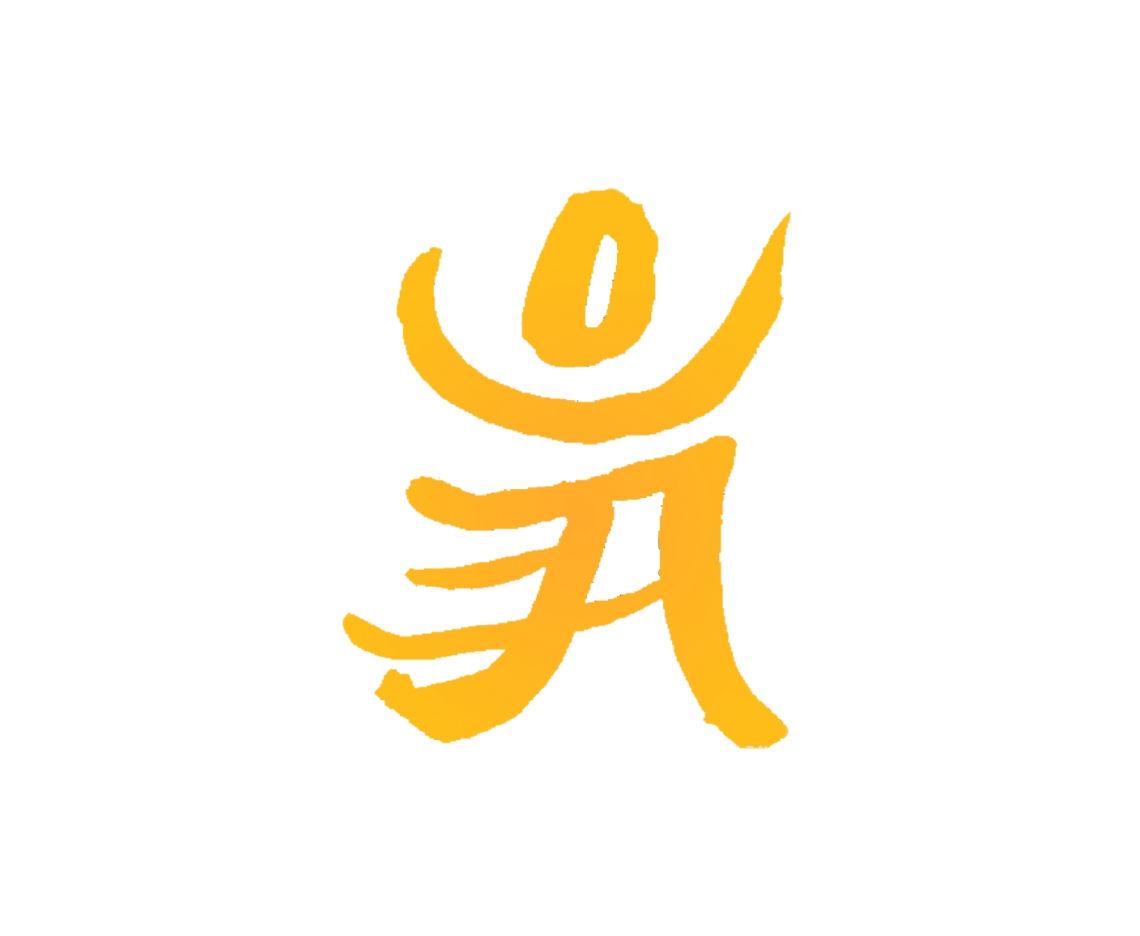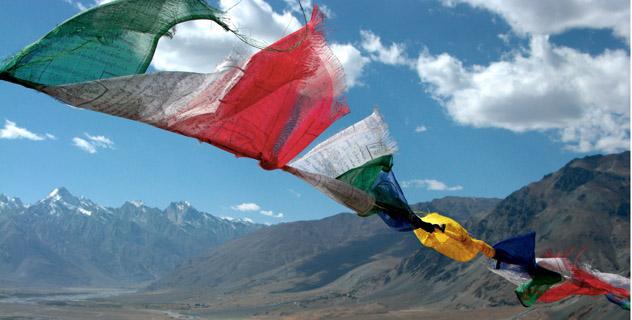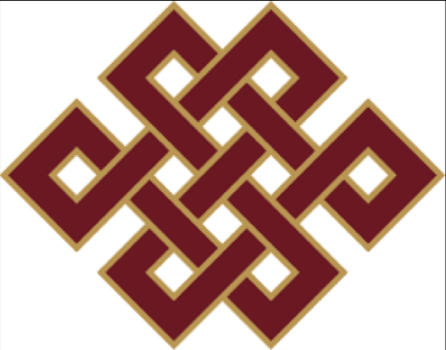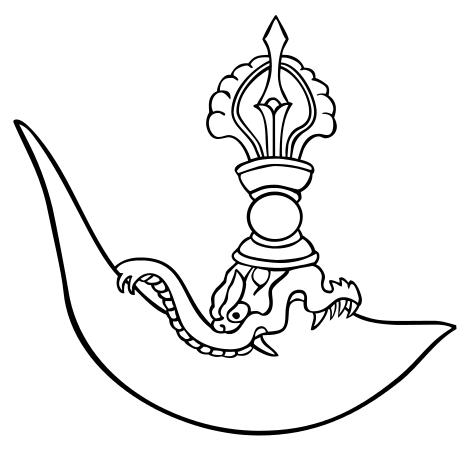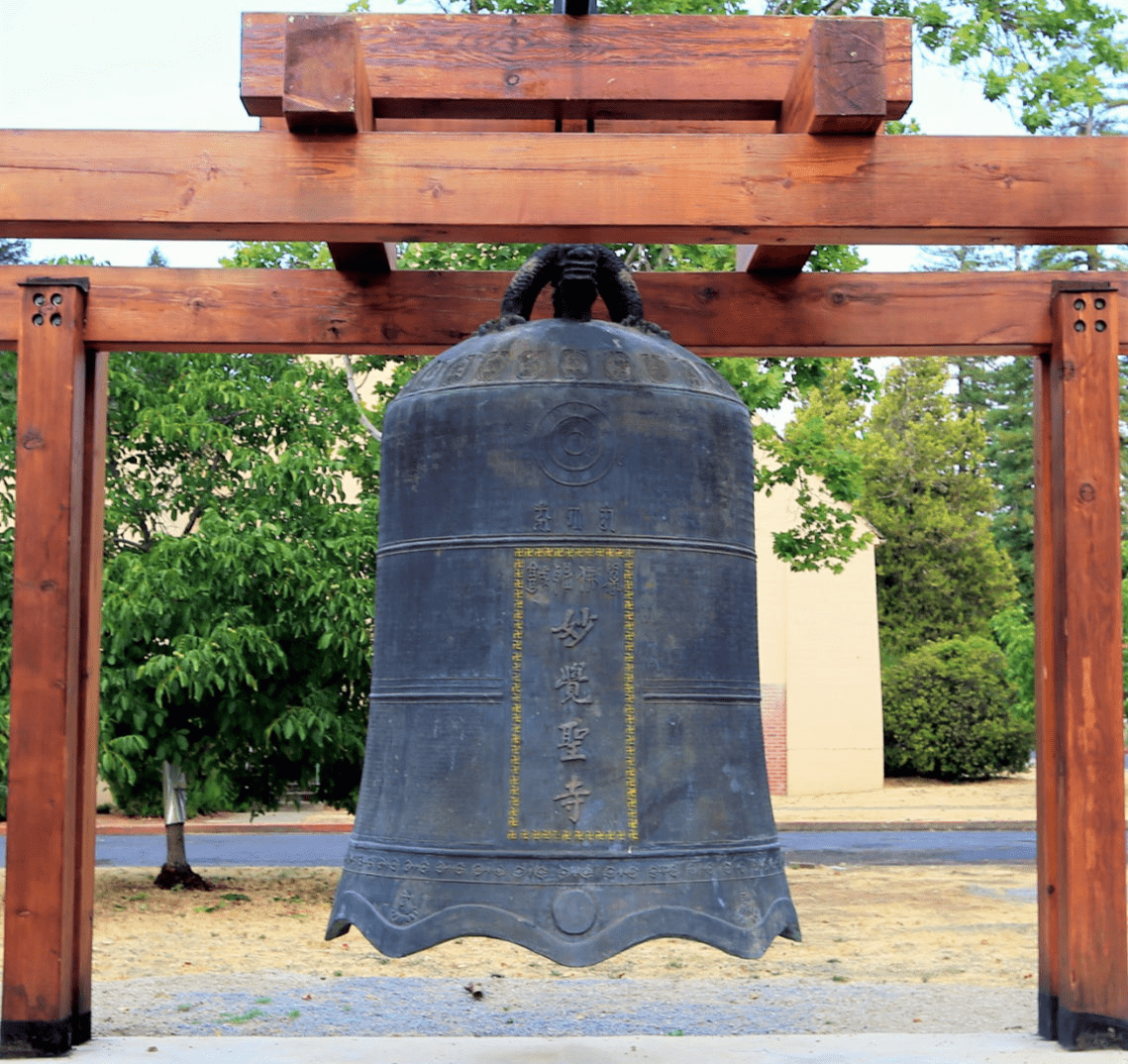

If you are here, then you are probably asking yourself this question and you are in the right place to find out the answer! now discover the most represented Buddhist symbols .
Buddhism began in the 4th or 6th century BC when Siddhartha Gautama began broadcasting her teachings on suffering, nirvana and rebirth in India. Siddhartha himself did not want to take on his own images and used many different symbols to illustrate his teachings. There are eight different auspicious symbols of Buddhism, and many say they represent the gifts that God has given. Buddha, when he attained enlightenment.
The role of the image in early Buddhism is unknown, although many surviving images can be found because their symbolic or representational nature was not clearly explained in ancient texts. Among the oldest and the most common characters Buddhism - stupa, wheel of Dharma and lotus flower. The wheel of dharma, traditionally represented by eight spokes, can have different meanings.
At first it meant only kingdom (the concept of "monarch of the wheel or chakravatina"), but it came to be used in a Buddhist context on the columns of Ashoka in the 3rd century BC. It is generally believed that the wheel of Dharma denotes to the historical process of the teachings of the Buddhadharma; the eight rays refer to the noble eightfold path. Lotus can also have several meanings, often referring to the mind's inherently pure potential.
Other ancient characters include Trisula, a symbol used since the 2nd century BC. AD, which combines a lotus, a vajra diamond stick and the symbolization of three precious stones (Buddha, dharma, sangha). The swastika has traditionally been used in India by Buddhists and Hindus as a sign of good luck. In East Asia, the swastika is often used as a common symbol of Buddhism. Swastikas used in this context can be oriented to the left or right.
Early Buddhism did not depict the Buddha himself and may have been an anikonist. The first key to depicting a person in Buddhist symbolism appears with the imprint of the Buddha.
This is a sacred set of eight auspicious signs inherent in a number of dharmic traditions such as Hinduism, Jainism, Buddhism, Sikhism. Symbols or "symbolic attributes" are yidam and teaching aids. These attributes not only indicate the qualities of an enlightened spirit, but also adorn these enlightened "qualities."
Many enumerations and cultural variations of Ashtamangala still exist. Groups of eight auspicious symbols were originally used in India in ceremonies such as the inauguration or coronation of a king. The first group of symbols included: a throne, a swastika, a swastika, a handprint, a crocheted knot, a jewelry vase, a vessel for libation of water, a couple of fish, a bowl with a lid. In Buddhism, these eight symbols of good fortune represent the offerings made by the gods to Buddha Shakyamuni immediately after he received enlightenment.

